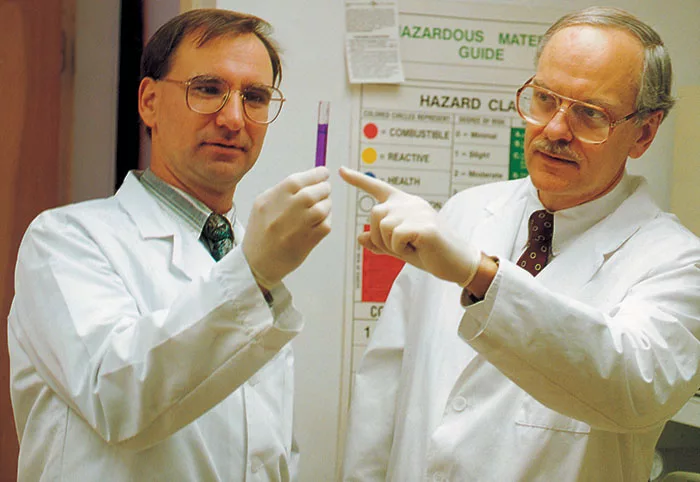American Farriers Journal
American Farriers Journal is the “hands-on” magazine for professional farriers, equine veterinarians and horse care product and service buyers.

For centuries, man has seen the wisdom of coating horses’ hooves with various substances for protection and to maintain flexibility. Pine tar, paraffin, oils and salves have been passed from one generation to the next with varying degrees of success.
The basic principles, maintaining the internal moisture of the hoof wall while repelling harmful substances, is as valid today as in the past. To understand why modern hoof conditioners work so well, let’s review some basic biology and the actual function of the hoof.
The hoof wall is the essential weight-bearing structure of the hoof and is composed of thousands of tiny hollow fibers called tubules. Running vertically from the coronary band, these tubules are cemented together with a protein substance called keratin (Figure 1). Layer upon layer of these tubules act effectively as springs to absorb tremendous amounts of concussive force while retaining the necessary tensile strength.
The elasticity of these tubules and the hoof wall in general is dependent on its internal moisture content. This moisture is not simply water, but a mix of salts and electrolytes, much like those found in intravenous solutions. Without this essential moisture, the hoof wall can dry up, crack, become brittle and generally fail at its job of operating much like a leaf spring and shock absorber. Too much moisture, on the other hand, can make a hoof too soft, mushy and likely fail to absorb its concussive load.
However, we now understand that the ideal hoof conditioner maintains…